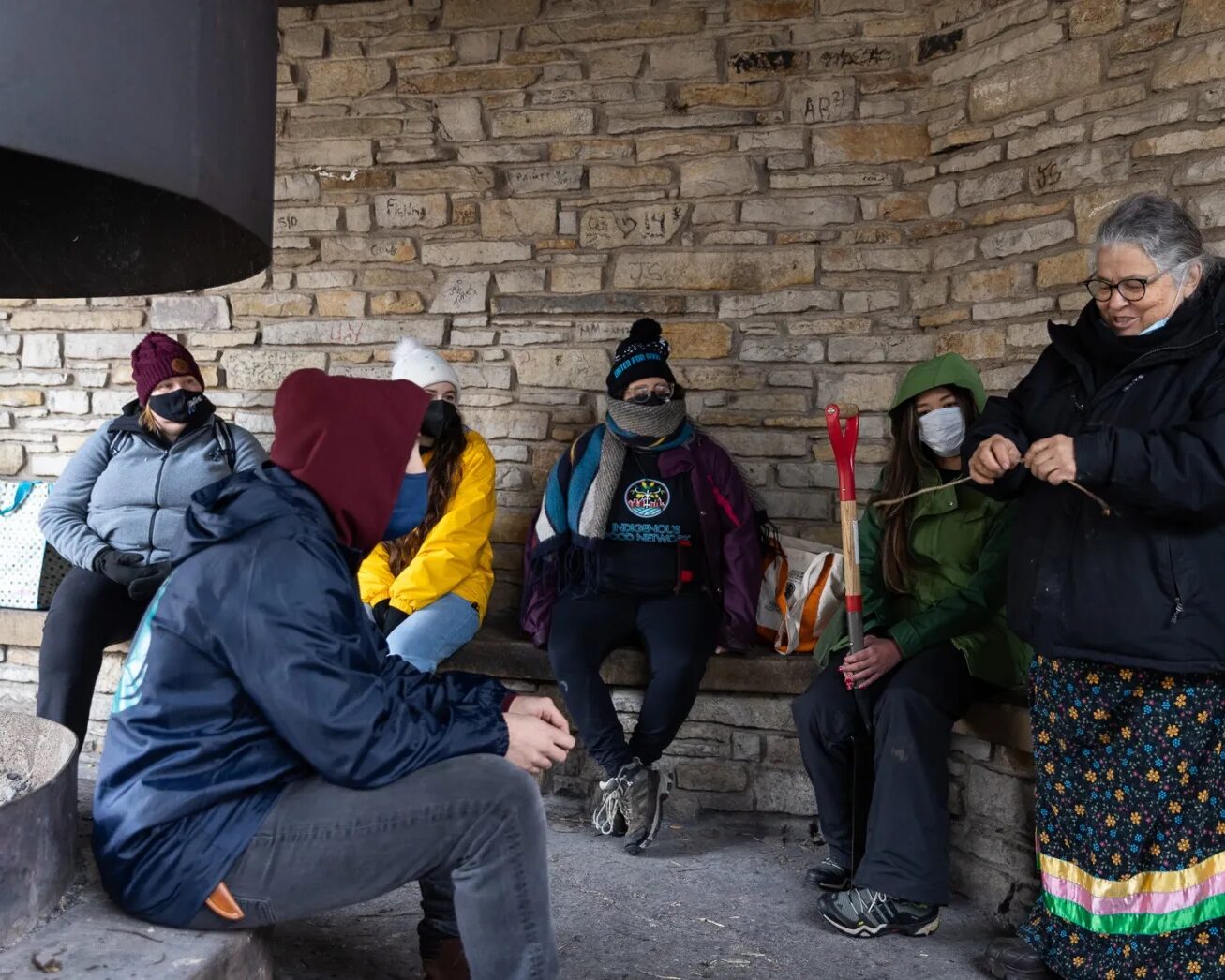 The 228-page police report of the killing of Terrance Franklin has contradictions and inconsistencies that should have set off alarms for Police Chief Janee Harteau, Mayor Rybak, County Attorney Mike Freeman and Minneapolis City Council Chair of the Public Safety Committee Don Samuels. There are clear and arrogant admissions of the use of excessive force. There are serious questions as to whether Terrance Franklin was in control of a weapon or was simply executed. An analysis of the police report is available on the Southside Pride website. Go to www.southsidepride.com and type in Terrance Franklin in the search window at the top of the page.
The 228-page police report of the killing of Terrance Franklin has contradictions and inconsistencies that should have set off alarms for Police Chief Janee Harteau, Mayor Rybak, County Attorney Mike Freeman and Minneapolis City Council Chair of the Public Safety Committee Don Samuels. There are clear and arrogant admissions of the use of excessive force. There are serious questions as to whether Terrance Franklin was in control of a weapon or was simply executed. An analysis of the police report is available on the Southside Pride website. Go to www.southsidepride.com and type in Terrance Franklin in the search window at the top of the page.
Former Minneapolis police chief and author of “Expert Witness,” a catalog of 20 years of testifying against police misconduct, Tony Bouza reacts to my analysis and summary:
How to respond.
A tangled and confused scene.
Franklin did not help his cause by smoking marijuana and fleeing. The cops, appropriately, did not shoot at the fleeing car—but the flight itself was a serious mistake by Franklin.
The cops had an affirmative responsibility to respond and investigate.
This is the key point—once contained and secured they should have backed off and negotiated. The cops have a lot of experience with this and I always made it an imperative that negotiations follow the securing of the area. This could have been done easily, given the circumstances.
I tend to agree that Franklin probably shot the cops and they shot him. Honest folks can differ on this but the salient feature is that the officer lost control of his weapon. “Failing to safeguard” is the operative phrase. The vulnerability of the police version lies in the use of really poor tactics.
I need to address the issues you raised because they deserve attention. Using the dog, striking Franklin and trying to subdue him make a measure of sense, and I can understand the hesitancy of officialdom to criticize—especially given the nature of the cops’ wounds.
The fact that Franklin had no firearm is central.
What I finally concluded—without hubris—is that it is a tangled web. They have training in negotiations, containment, etc., and they failed to employ them. Changing tactics is not the issue in this case. The fault lies in not employing them.
What then is the remedy?
1. a tough reform chief, which is a clear lack here;
2. media exposure—which you’ve done with distinction—but it requires broader coverage;
3. FBI investigation, which you describe. Good luck with that one;
4. and, probably the best bet in this case, a civil suit. It cries out for that sort of examination and scrutiny, and it holds the promise for a chastening lesson for city officials.
Sooner or later the public is going to awaken to the fact that their pockets are being picked. An onerous and unnecessary additional tax. Indemnification is tantamount to impunity. I know we’ve all broken our lances on this particular windmill, but that is what we do—right?
Tilt away!
Godspeed!
Ed Felien responds:
I respectfully disagree with Tony Bouza’s assessment of what happened in the basement at 2717 Bryant Ave. S. on May 10, 2013. According to police statements, when Sgt. Stender and Officer Meath pulled Franklin out of the cubby hole he at first resisted, then using their force against them, Franklin catapaulted past them knocking Officer Durand into the dryer in the next room. Officer Durand had an MP 5 automatic pistol on a shoulder strap that went over his head. It seems possible that Officer Durand could have lost control of this weapon, but it seems highly improbable that Franklin could have gained enough control of the weapon to turn around and point it at approaching officers. It seems much more likely that Durand got off two rounds, striking Officers Muro and Meath, before Franklin laid across him preventing him from lifting the gun up and firing it directly at him.
Assuming Officer Peterson fired his pistol with his right hand, and from the medical examiner’s report we learn that Franklin was shot seven times in the right temple, we have to conclude that Peterson came up behind Franklin, grabbed him by his dreadlocks in his left hand and shot him with his right. And, it seems reasonable to conclude, if Franklin was facing Durand he couldn’t have fired the two shots at Officers Muro and Meath.
Officer Meath claims to have shot Franklin three times while he was sandwiched in between Officers Durand and Peterson. This seems an improbable feat for a man slipping in and out of consciousness to be able to hit so small a target in a dark basement. It seems more likely that Meath shot Franklin while he was lying on the basement floor.
The police and city officials should have raised questions about the police report. The case should never have been sent to the county attorney, who has to maintain a working relationship with the Minneapolis Police Department, but should have been sent to the FBI and the federal district attorney.
Tony Bouza is probably correct when he says probably the only remedy, and the only way we will ever reach an approximation of the truth in this matter, is for the parents of Terrance Franklin to bring a civil suit against the city.
Until this matter is publicly and fairly dealt with, there is blood on everyone’s hands: on the mayor’s and the City Council’s, on the chief of police’s, on the County Attorney’s Office’s and on the media’s, whose silence makes them complicit in the continued abuse and murder of young black men by the Minneapolis Police Department.






















